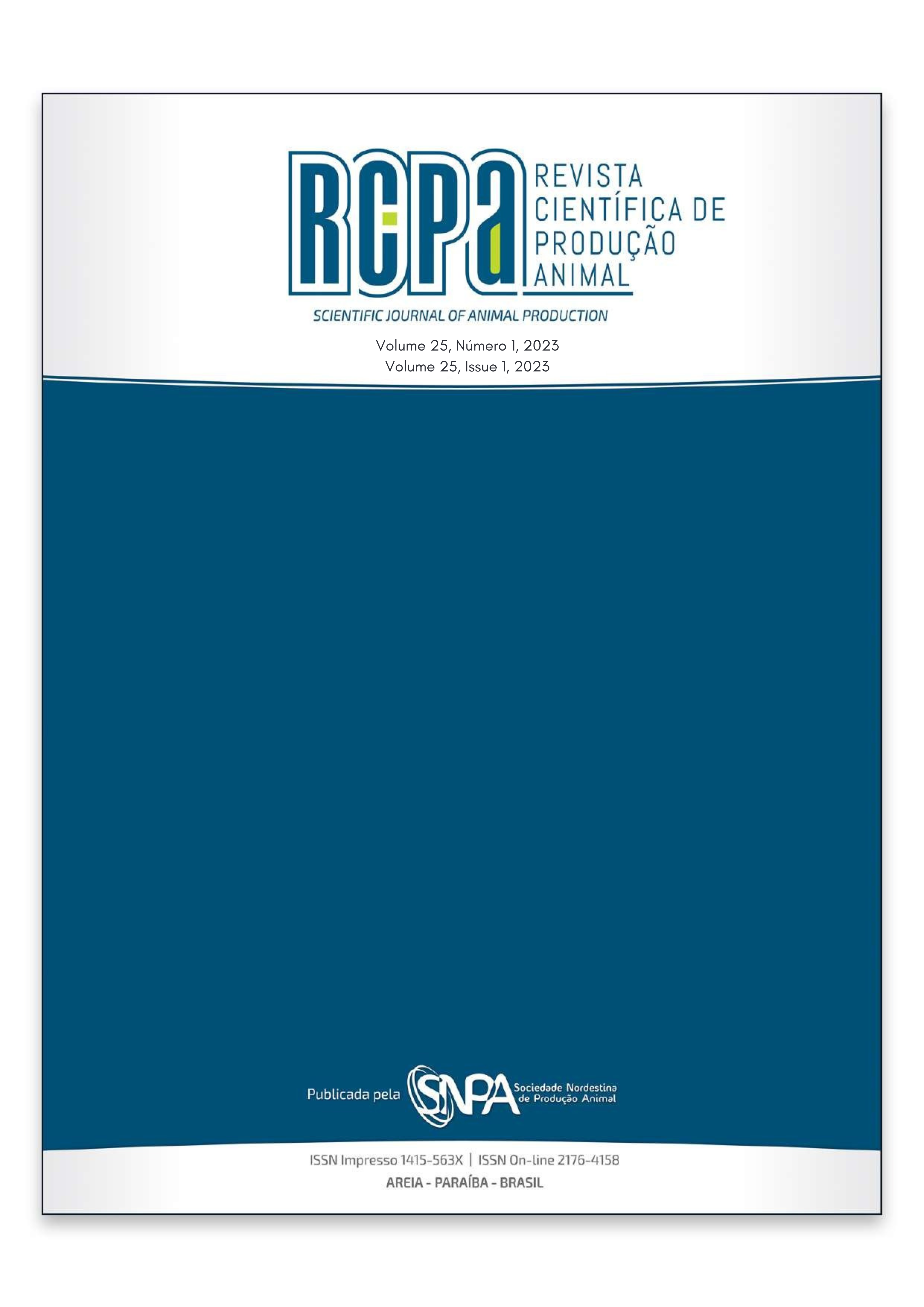The nitrogen to potassium ratio affects the growth of Mavuno grass
Resumo
Nitrogen (N) and potassium (K) are nutrients that act together for plant development, acting mainly in photosynthesis and plant cell division processes. This work aimed to evaluate the effect of different N: K ratios on the morphogenic, structural, and productive characteristics of Mavuno grass (Urochloa sp.) grown in a greenhouse. A completely randomized design with four replications was used. The treatments used were a control (without application of N and K) and five N: K ratios (75:0, 0:75, 75:75, 150:75, and 300:150 kg ha-1). Urea was used as nitrogen fertilizer and potassium chloride as potassium fertilizer. Two production cycles were carried out, lasting 28 days each. The leaf appearance rate when fertilization was carried out with both nutrients was higher (P<0,05) than the other treatments being the highest for 75:75 ratio. The same effect was observed for the leaf elongation rate. The population density of tillers was greater (p<0.05), as the N: K ratio was increased, with the ratio 300:75 differing approximately 128%, 97%, and 80% from the ratios 0:0, 75:0 and 0:75. Dry matter production showed a difference (p<0.05) between treatments, where the relationships that included both nutrients showed higher productivity. The proportion of leaf blade differed between the N: K ratios (p<0.05), with a greater proportion of this component being observed in the absence of one of the nutrients. Therefore, fertilization with N and K favors the development and productivity of Mavuno grass, where observed that the 75:75 ratio presented better production and growth rates in Mavuno grass, being an efficient solution for the grass.
Downloads
Downloads
Publicado
Como Citar
Edição
Seção
Licença
Autores que publicam nesta revista concordam com os seguintes termos:- Autores mantém os direitos autorais e concedem à revista o direito de primeira publicação, com o trabalho simultaneamente licenciado sob a Licença Creative Commons Attribution que permite o compartilhamento do trabalho com reconhecimento da autoria e publicação inicial nesta revista.
- Autores têm autorização para assumir contratos adicionais separadamente, para distribuição não-exclusiva da versão do trabalho publicada nesta revista (ex.: publicar em repositório institucional ou como capítulo de livro), com reconhecimento de autoria e publicação inicial nesta revista.
- Autores têm permissão e são estimulados a publicar e distribuir seu trabalho online (ex.: em repositórios institucionais ou na sua página pessoal) a qualquer ponto antes ou durante o processo editorial, já que isso pode gerar alterações produtivas, bem como aumentar o impacto e a citação do trabalho publicado (Veja O Efeito do Acesso Livre).





